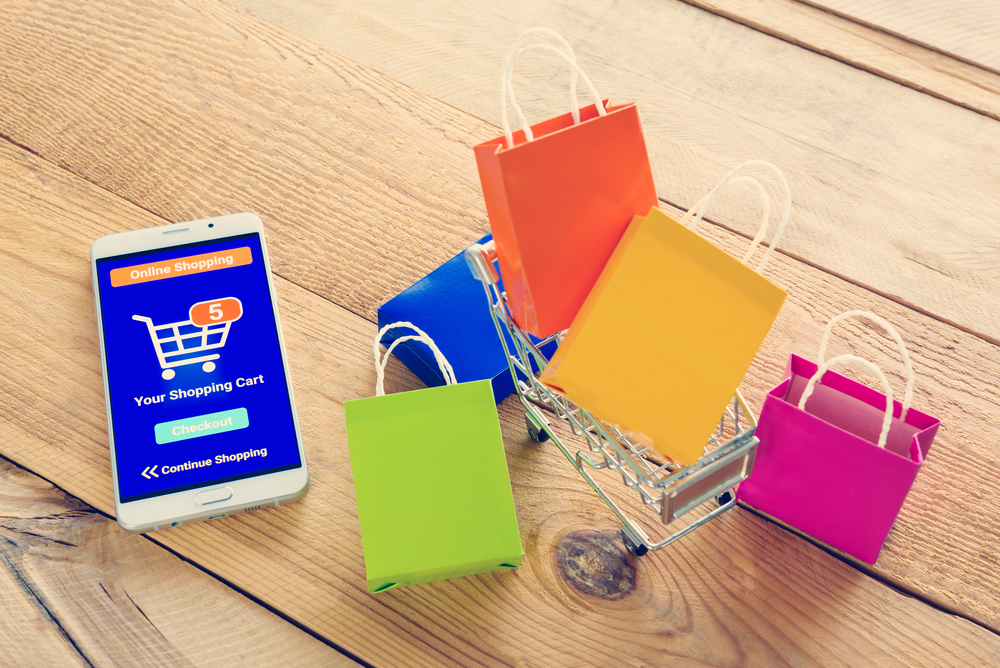PPC traffic is great for both B2C and B2B eCommerce businesses. According to ThinkWithGoogle, 57% of B2B customers are halfway towards making a purchase before even visiting your site. However, you can’t apply the same strategy for both types of customers.

ShutterStock – Stock photo ID: 623598038
It is important to understand the nuances that distinguish the two. Here are some PPC tips that B2B e-commerce marketers should follow.
Use a lead generation funnel
B2C e-commerce marketers tend to have a much easier time generating conversions. Their customers tend to be more impulsive and less informed buyers. Even the most cautious B2C customers rarely spend weeks researching every possible option, unless they are making a very high-ticket purchase.
B2B brands are much more cautious about making purchases. The sales conversion process can often take months. You may need to engage with your customer a dozen or more times before they finally make a purchase. You can reduce the duration of the process with a solid email marketing strategy, but will still need to invest time in engaging with them.
You may need to carefully create a lead generation funnel to get them to convert. Here is an example of a PPC lead generation funnel that you may want to try:
- You create a white paper that is relevant to your service and the target client’s industry.
- You will setup a squeeze page that requires customers to provide their contact information to download the white paper. You make sure they understand that they are consenting to receive future emails from you.
- You create a series of emails that engages the customer. Ryan Deiss says that you can generally convert a customer with three emails, some buyers may require more interaction.
- You create several ads that appeal to your target customer.
- You find keywords that people interested in your service would be searching for.
- You will setup your ads with the appropriate tracking and use an eCommerce analytics platform to measure performance.
It will take more of an investment, but it will pay off in the long run.
Also Read
Don’t put too much stock in demographic targeting
AdWords, Bing and other PPC platforms allow you to target customers by gender, age, income and other demographic factors. These are generally great targeting features for B2C e-commerce sites, but they aren’t usually ideal for B2B businesses for a couple of reasons:
- PPC providers have more difficulty determining the demographics of individuals at work, because so many people share the same network.
- These demographic variables don’t usually make as much of a difference for B2B companies, because they make objective decisions based on more basic criteria.
There are always exceptions, but you will generally want to avoid using these demographic targeting options.
The exception is location. Location is important for many B2B ecommerce campaigns.
Use a granular ad grouping strategy to improve your quality score
Boosting your quality score is an essential part of any PPC strategy. It is arguably even more important for B2B companies, because the cost per click tends to be much higher.
According to research from WordStream, boosting your quality score can reduce your CPC by 50% and your cost per conversion by 80%. One of the easiest ways to improve your quality score is by carefully matching your keywords and ad groups.
If you offer a software for B2B Brands, you may be targeting keywords that include the following reports:
- Software
- SaaS
- Solutions
You’ll want to setup separate ad trips for each of these words. You’re also want to have different ad groups for each customer group you’re targeting.
Use Extensions to Educate Customers with Longer Ads
Last year, I read a great post by HubSpot’s Callie Hinman, which talked about the benefits of ad extensions. Hinman pointed out that you can use ad extensions to push competitors further down the page, so they receive less attention. This is a benefit I never thought about until I read her post.
You can also use ad extensions to better educate customers without having them click your ads. You can use ad extensions to provide your contact information, key features of your product and other information that you couldn’t include in your standard 70 character ad.
Plan Your B2B PPC Strategy in Detail
Running a B2B e-commerce company requires a very different marketing strategy. If you are marketing with PPC, you want to do your due diligence before running campaigns. Make sure you understand how PPC is different for reaching commercial clients and setup your conversion funnel accordingly.
